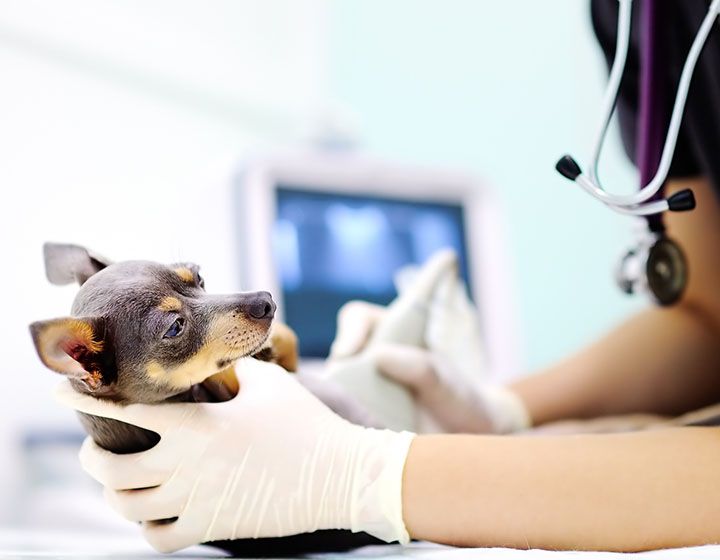Laser therapy for dogs is a cutting-edge medical treatment that has gained popularity for its ability to promote healing and alleviate pain in our beloved canine companions. Non-invasive and drug-free, laser therapy is a safe and effective option for managing a variety of canine health issues. In this article, we’ll delve into how laser therapy works and explore the treatment options available for dogs.
Understanding Laser Therapy for Dogs
How Does Laser Therapy Work?
Laser therapy, also known as low-level laser therapy (LLLT) or photobiomodulation, utilizes specific wavelengths of light to interact with cells at a molecular level. When laser light is applied to an area of the body, it penetrates the skin and stimulates cellular processes. This stimulation increases blood flow, reduces inflammation, and encourages the release of endorphins—the body’s natural painkillers. As a result, laser therapy can accelerate the healing process and provide relief from pain and discomfort.
Treatment Devices
Laser therapy for dogs typically employs Class IV lasers, which are capable of delivering therapeutic doses of laser energy. These devices are safe and effective when used by trained professionals. They come in various forms, from handheld wands to larger stationary units, and are used in veterinary clinics, hospitals, and even at home under the guidance of a veterinarian.
Common Canine Conditions Treated with Laser Therapy
- Arthritis: Laser therapy is highly effective in managing the pain and inflammation associated with canine arthritis. It helps improve joint mobility and the overall quality of life for dogs suffering from this chronic condition.
- Musculoskeletal Injuries: Dogs with injuries like strains, sprains, and muscle tears can benefit from laser therapy. It promotes faster healing and reduces pain, enabling a quicker return to normal activity.
- Post-Surgical Recovery: Laser therapy aids in post-surgical healing by reducing swelling and accelerating tissue repair. It’s often used in conjunction with traditional surgical procedures.
- Wound Healing: Laser therapy can expedite the healing of wounds, cuts, and surgical incisions. It helps reduce the risk of infection and scarring.
- Dental Problems: Some veterinarians use laser therapy for oral health issues, such as treating gum disease or promoting healing after dental surgery.
- Chronic Pain: Dogs with chronic pain conditions, like hip dysplasia or degenerative joint disease, can experience significant relief from regular laser therapy sessions.
Treatment Options for Laser Therapy
- Veterinary Clinics: Many veterinary clinics and hospitals offer laser therapy as part of their treatment options. Trained veterinarians and technicians administer the therapy, tailoring the treatment plan to each dog’s specific needs.
- Home Devices: Some companies offer portable laser therapy devices designed for home use. These devices are typically used under the guidance of a veterinarian and allow pet owners to provide therapy to their dogs regularly.
- Certified Professionals: Veterinarians and veterinary technicians can undergo certification courses in laser therapy to ensure they have the knowledge and skills to use these devices effectively and safely.
Conclusion
Laser therapy for dogs is a remarkable advancement in veterinary medicine, offering a non-invasive and drug-free approach to managing pain and promoting healing. As pet owners, our primary concern is the well-being of our four-legged family members, and laser therapy is proving to be an invaluable tool in enhancing their quality of life. If you believe that laser therapy may benefit your dog, consult with your veterinarian to determine the most appropriate treatment plan for your furry friend’s specific condition. With the proper care and guidance, laser therapy can provide relief and comfort to dogs suffering from a wide range of health issues.












